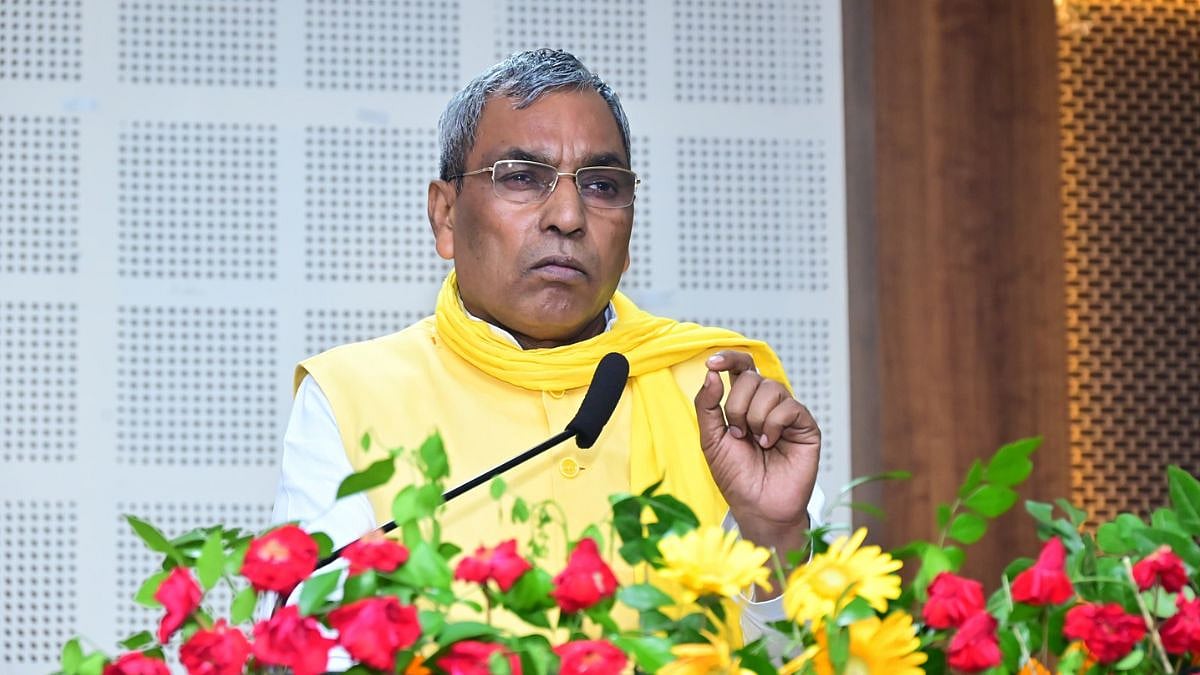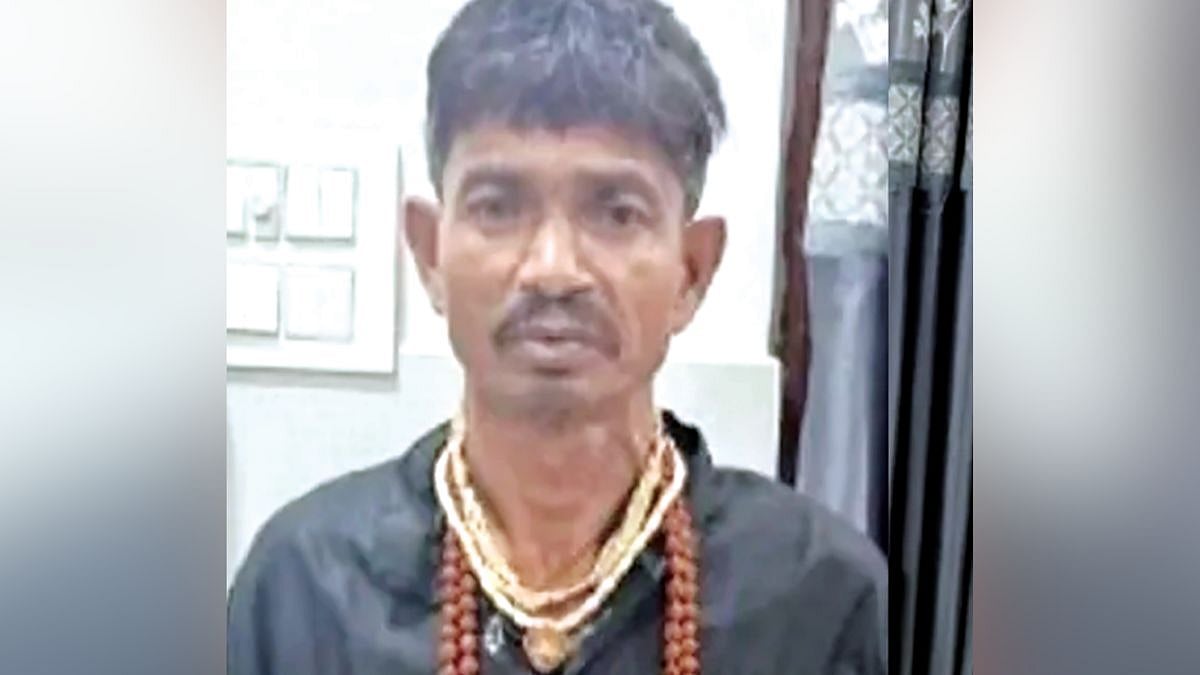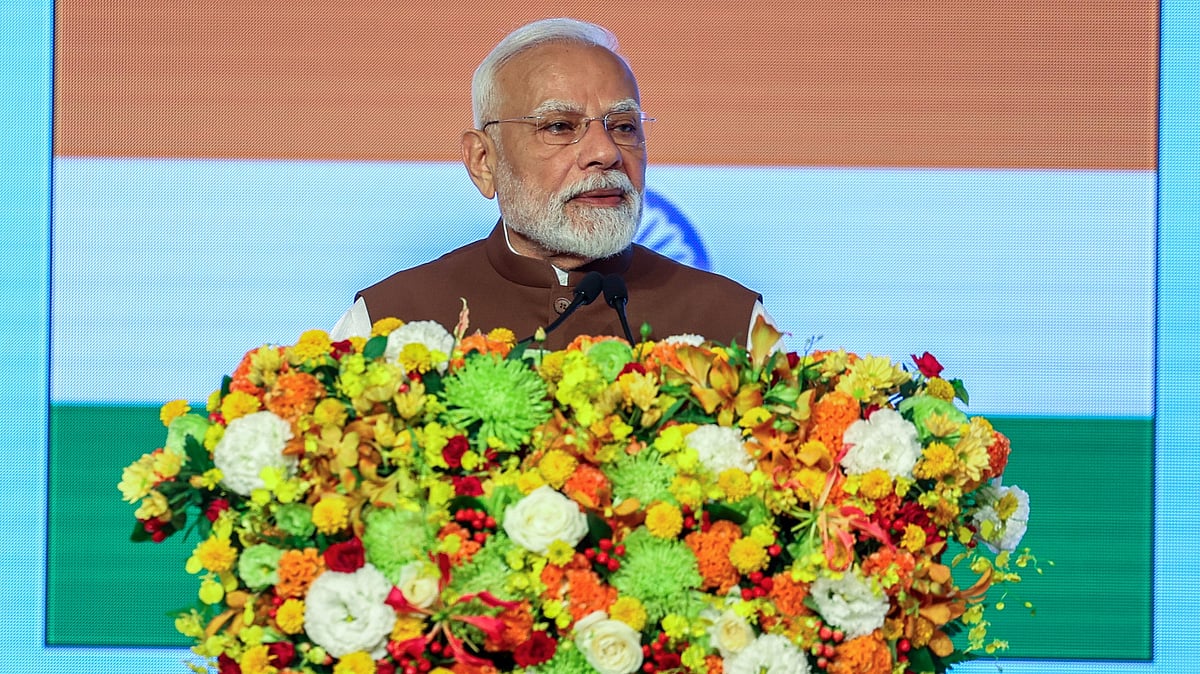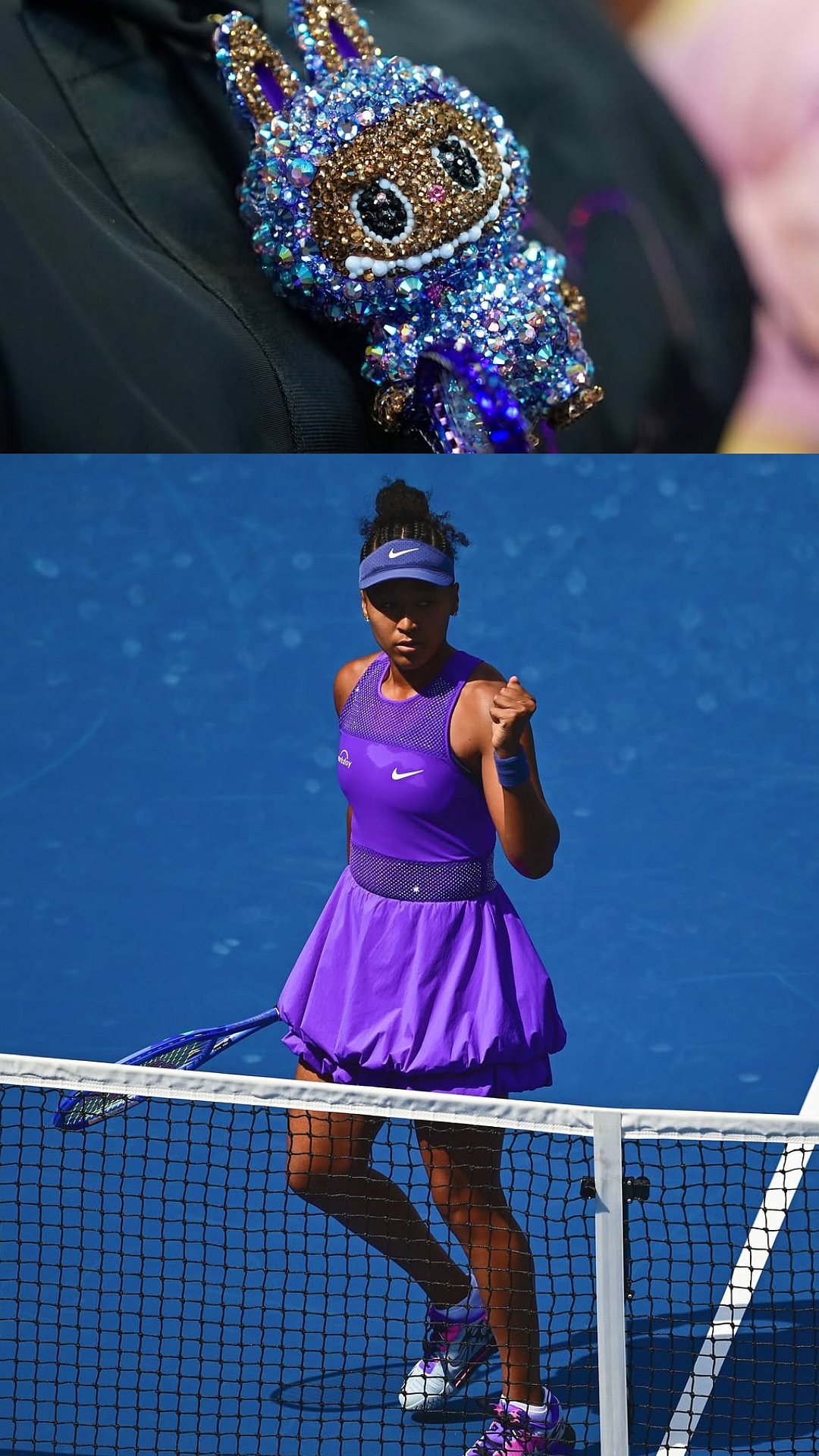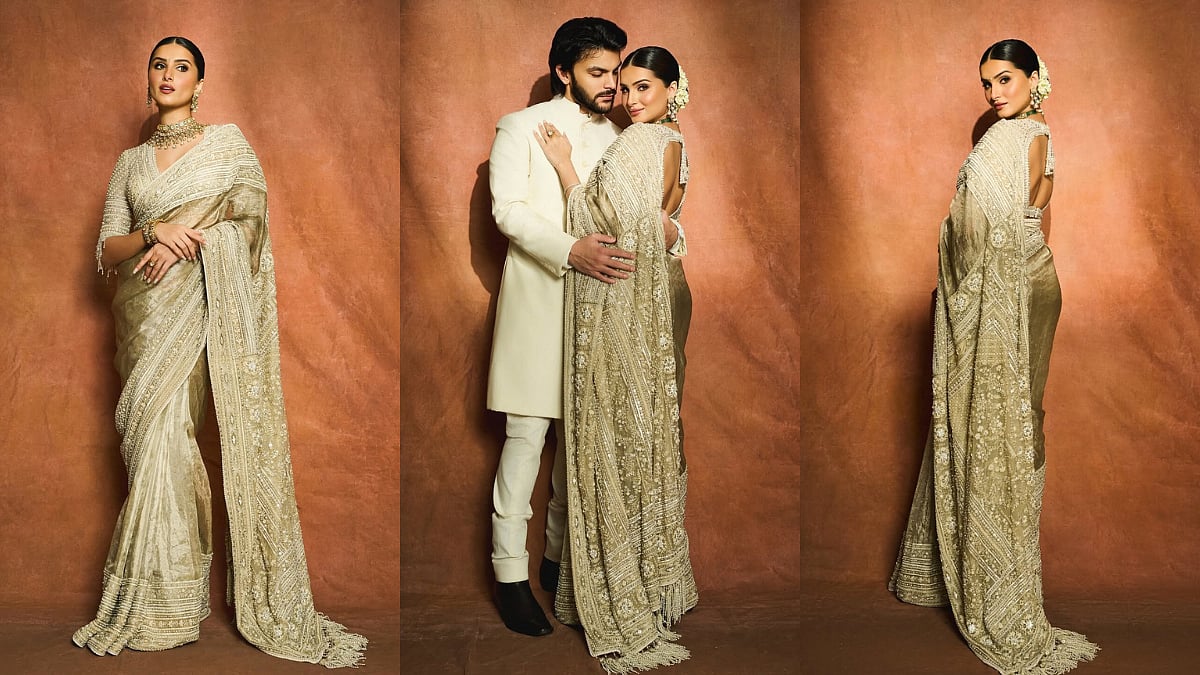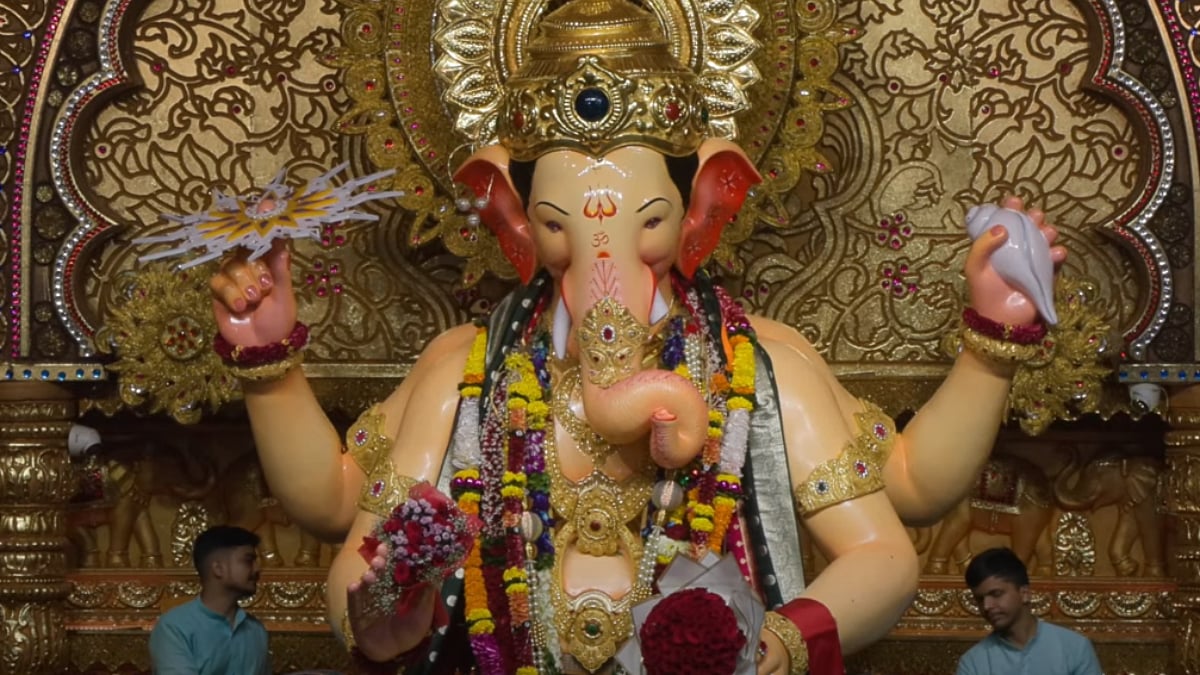Most Mumbaikars are gearing up for a Vegetarian month, Shravan for this part of the country. Some feel deprived of fancy food during this time. No fret please. Vegetarian Michelin Star restaurant, Avatara, is in Mumbai to give you a fine dine experience par excellence.
This restaurant offers a 14 course well-curated vegetarian menu. Each dish is presented in a unique way and preceded by a detailed explanation of the dish by Augustine.
The menu presented to you has a beautiful peacock on it. “Our menu is like the peacock spreading its tail to show off his feathers,” elucidates Augustine. “It slowly allures you with its beauty in every which way – aroma, looks and taste.”
The first course comes in a tray shaped like peacock with its spread feather. It is called Naivedya – an offering to the guest, who is God as per the Indian tradition. Delicate cacao shell filled with almond milk, honey, topped with rose petals and a strand of saffron. Melt-in-the mouth delicacy which leaves a distinct saffron finish.

Alpahara |
The second course, Alpahara, has three elements – two come rested on the bed of a flowerpot and the third in a crystal bowl. Air fried okra stuffed with green chilli thecha and their version of aluvadi (again air fried) are served on the pot. A green apple rosette in the crystal bowl is soon floating in the solkadhi that’s poured over it. A thinner version of the usual solkadhi has tiny cucumber pieces and finely chopped coriander. “The idea is to fire your appetite with all rasas – bitter, salty, pungent, sweet and sour,” says Augustine. First eat the fritters and then solkadhi is the advice you should follow. You are left with a refreshed palate that waits for the next course.
Third is Jadon (roots). As the name suggests, they are root veggies. Fine slices of roots like Purple Potato, Sweet Potato, Yam, Lotus Root are air fried and presented along with their version of humus and a tangy pomegranate chutney.
Shikhalu - corn in Sanskrit - is an assembly of a ghevar topped with grilled baby corn which happily floats in a tomato n corn soup.
All courses are small and almost like a miniature sculpture or an artistic installation. All have Sanskrit names. The menu elucidates the ayurveda behind each course while telling you about the medicinal qualities of the vegetables.

Karuravevilas |
Most of the courses are also temperature sensitive. You are prewarned about the one that’s extra sensitive and are requested to have it as soon as it comes to your table. That’s the fifth one, Karuravevilas – a delicious preparation of bitter gourd. Don’t turn up your nose. If you are not told, you might not even guess the vegetable. The finely chopped karela ghee roast is topped with a raw mango and sambar gelato that’s dressed with fine net of dosa. Take a bite of everything together. It is a medley of flavours, textures, and temperatures. The cold of gelato, crispness of dosa, rough and soft karela, smoothness of ghee and gelato, all combine to give a delicious surprise to your palate.

The next (sixth) is called Sandhita that means pickle. Pickle marinated broccoli and carrots accompanied by mildly candied walnuts are served with a mildly spiced dip. The broccoli has a distinct mustardy zing and walnuts are not over poweringly sweet, but just right.
Move on to Grinjanah. This is a course inspired by the Kashmiri cuisine. A perfectly layered katlam (Kashmiri bread minus eggs) is topped with a delectable turnip galoti a dollop of apple chutney, lotus root honeycomb, turnip flower is presented to you and a Rajma gogjii is poured around it. Best way to enjoy it to eat everything together or take a bite off the center ensemble and follow it with little Kashmiri Rajma gravy.

Panasa |
Eighth course is a tribute to Eastern India. Panasa is a jackfruit momo that's served swimming in sea buckthorn thukpa and some black rice crisps. The combo has textural delights. The ghost chilli and lemon grass in the thukpa give your palate a delicious shock that is welcome in this weather.
The ninth course is like a palate cleanser before the two mains. It is a pani-puri filled with spiced guava water and strawberry chutney with a passion fruit flower on top of it. The entire ensemble rests on the bed of lotus making it a treat to the eyes along with the palate.

Subhanjana |
There are two main courses – Subhanjana and Vrihi. Subhanjana literally means drumsticks. This course, again, you are advised to eat as soon as it arrives at the table to ensure its best taste. The sattu kachori is stuffed with drumstick chokha and has a potato mustard curry as a bed. You have to dig in to eat everything at once and soon to avoid the kachori getting soggy.
Vrihi means rice in Sanskrit. You a tambda rassa (red curry) inspired red rice topped with grated black lime pickle and parsnip curry on the side. The gravy and rice are subtly spiced while the pickle is ideally fermented.
Now is the time for dessert. Ksheera – milk to translate literally – is an assembly of coconut kheer with a dollop of aamras in a miniature bowl of appam. It is served rested in the hands of a statue making it an enchanting experience. The mix of textures please the palate as well.

Bal Mithai |
This is followed by Madhuram (sweet), another dessert. This is chef Rana’s take on traditional Bal Mithai of Uttarakhand. He has managed to cut down overpowering sweetness while retaining the flavours while he stuffs the semi-liquid mithai in a chocolate rosette. This is accompanied by a non-alcoholic sparkling wine made from Buransh (rhododendron). The two fantastically compliment each other and leave you wanting more despite being the 13th course.
The last course is Parna (leaf). It is a paan decoction filled chocolate ball that happily explodes in your mouth in one bite. It is served amidst peacock feathers to complete the feat the way it started.
Fourteen courses might sound too much… but the purity of ingredients and the size of courses satiate you without giving you a heavy or bloated feeling.
There's an option of having wine with the meal. Wines are served after the third course for alternate courses. Five wines that are well paired and go well with two courses.
If you opt for wine meal, you will be treated to a session of Aroma Tests where they test your olfactory sense with vials of aroma/fragrances and then educate you.
Remember, you can ask for a break between courses if you want. This will help you enjoy all courses with pleasure without the feeling of overeating.
--aug 4.jpg?width=1200)
